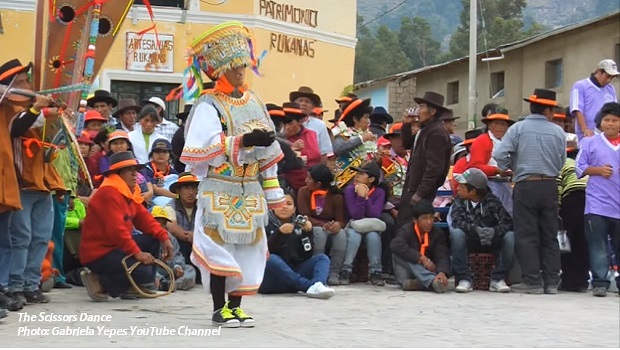
Peru’s iconic scissors dance and Arguedas’ interpretation
When you visit Peru you may very well have the privilege of witnessing the iconic traditional Danza de Tijeras, or scissors dance.

This acrobatic spectacle is performed during dry months coinciding with the main phases of the agricultural calendar in the highland departments of Ayacucho, Apurimac and Huancavelica. It’s also performed at peñas, or dance halls like Candaleria and Las Brisas de Titicaca in Lima.
Two male dancers, or “danzaks” face off to outdo each other in performing a series of leaps, flips, flops and spins, all while producing a rhythmic chiming with what appear to be scissors, but are actually two metal blades.
Musicians accompany the combatants with driving melodies on the violin and harp.
The scissors dance was declared National Cultural Heritage in 2005 by Peru’s National Institute of Culture. Five years later, UNESCO added it to the list of Intangible Cultural Heritage of Humanity.
Although the dance can appear to be an improvised, swirling delirium of pirouettes, acrobatic tumbles and heel-clicking kicks, it actually follows a traditional eight-part structure.
Luis Valverde, an independent scholar of Andean folklore, as well as a renowned Peruvian dancer and choreographer based in San Francisco, California, offers this explanation of the eight phases of the dance.
- Ensayo (means “Rehearsal”): In major tone, as an intro. The feet move quickly, scraping against the floor.
- Zapateo (“footwork”): Keeping the beat of the music with the feet.
- Pampa ensayo: The dancers kneel and move their legs in alternating steps.
- Patara: The dancers stand up and dance on their toes.
- Prueba (test): Taking off their hats, they perform acrobatics and gymnastic moves.
- Pasta (means “paste”): They perform “magic” feats.
- Agonia (agony): The danzak feigns death.
- La mala vida (the bad life): Sort of a farewell.
The ritual, religious, social, political and philosophical connotations simultaneously expressed through the phases of the dance serve as a powerful reminder that a once-powerful Andean religion still exists.
Some anthropologists believe the Scissor Dance tradition has its roots in the Taki Onqoy, an Andean religious movement that appeared in 1564 in the Chanka area (Ayacucho, Huancavelica and Abancay) in rebellion against Spanish colonial rule.
According to Spanish chronicles, pre-Hispanic deities would “possess” the bodies of indigenous highlanders, enabling them to writhe in the feverish dance for hours or days, signaling a prophesy and prompting the return of the Old Gods to defeat of the Spanish’s Christian God. But the goal to expel the Spanish invaders never materialized. The Spanish took drastic steps to stamp out the rebellion, which completely disappeared by 1572.
Peruvian Scissor Dance in Folklore
“For danzak, nobody cries. Wamani is Wamani!”
Jose Maria Arguedas, the “Father” of Peruvian Folklore, interpreted — or more aptly translated — the Quechua symbols and values embodied in the scissors dance in his classic short story La Agonía de Rasu Ñiti.
The symbolism of the scissors dance, according to Arguedas, is a process of life, death and regeneration vis-a-vis the Wamani deities, as well as cosmic duality and also, very clearly a frenzied, violent rebellion against the foreign oppressor.
Arguedas’ tale recounts the events of the afternoon preceding the death of a ritual scissors dancer, Pedro Huancayre, known as Rasu Ñiti (he who crushes the snow).
Rasu Ñiti, as a ritual danzak, mediates spiritually between the Wamani mountain deities and his people in a small, nameless Quechua community.
The anonymous narrator of the story explains this spiritual link:
“The genius of the danzak depends on who lives inside of him: the ‘spirit’ of a mountain (Wamani); of a precipice whose silence is transparent; of a cave from which exits torrents of gold and condemned men consumed by flames. Or the cascade of a river that falls from the height of a mountain range; or perhaps only a bird or a flying insect that knows the feeling of abysses, trees, ants, and the secret of the night…”
For Rasu Ñiti, the manifestation of the Wamani that imbues his spirit is a gray condor.
As Rasu Ñiti prepares for his final death dance the condor hovers over his head, visible only to him and his wife. Rasu Ñiti goes through the trance-like phases of his dance. His frenzied movements align into sync with the spirit condor flying above him.
Slowly, the vision of the bird becomes visible to his young apprentice, Atok’ Sayku. The boy leaps to grasp Rasu Ñiti’s scissors at the moment of his death. The apprentice feels the condor spirit enter his body and takes up the dance.
Atok’ Sayku and Rasu Ñiti’s youngest daughter, to whom the condor also is now visible, become the inheritors of ancestral knowledge and memory. The cycle of life continues.
Rasu Ñiti’s youngest daughter intones the final prophetic lines of the story.
“Danzak does not die,” she says. “For danzak, nobody cries. Wamani is Wamani!”
And so has the tradition of the scissors dance been passed down from one generation to the next, from master to apprentice. Although, with the advent of the 21st century, there are signs of change.
Peruvian filmmaker Gabriela Yepes has a documentary in development, The Danzaq Kid, about how the tradition of Scissors Dancing is being taken up by a new generation of aspiring teenage dancers, most of whom now live in the coastal slums of Lima, where their families migrated to escape poverty and terrorism in the highlands. The film explores a larger global issue – how can indigenous cultures adapt in a 21st century globalized world?
Here are some previews. They’re spectacular:
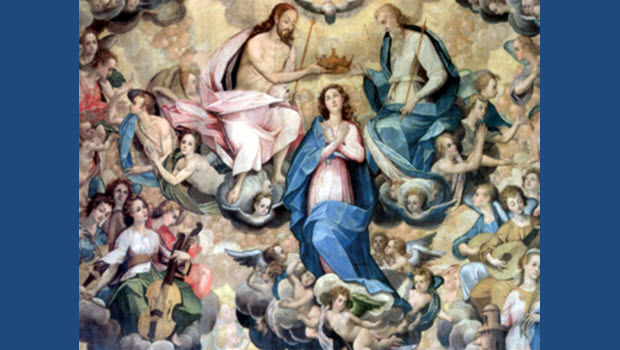 The Cusco School of Painting
The Cusco School of Painting 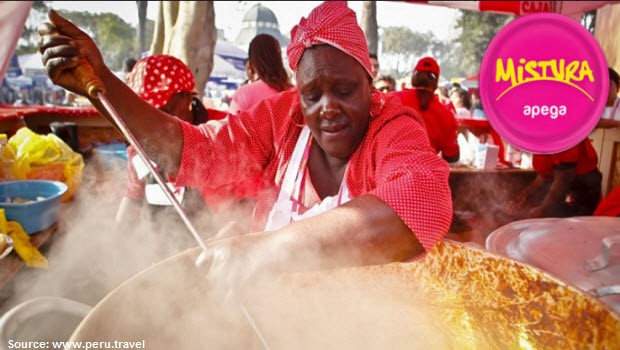 Mistura 2011 – Peruvian cuisine at its finest – with hotel pickup
Mistura 2011 – Peruvian cuisine at its finest – with hotel pickup 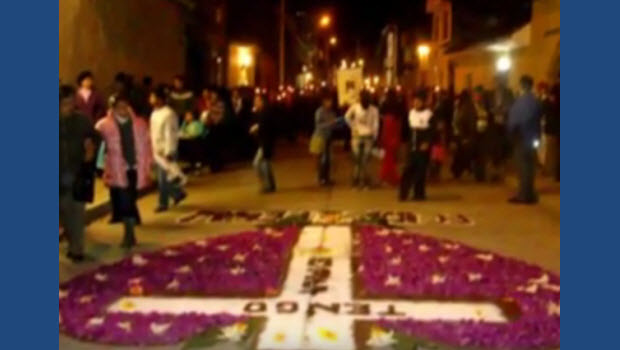 Happy Easter 2012 from Fertur Peru Travel
Happy Easter 2012 from Fertur Peru Travel 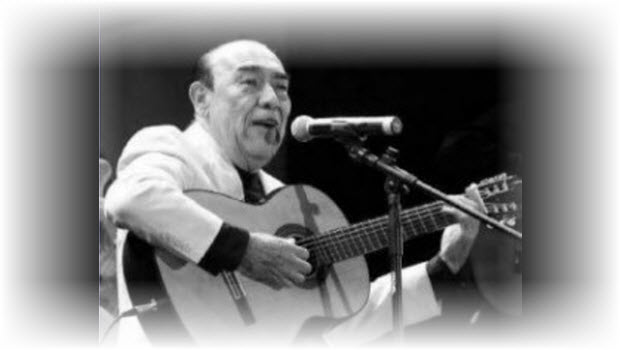 Happy Música Criolla Day!
Happy Música Criolla Day! 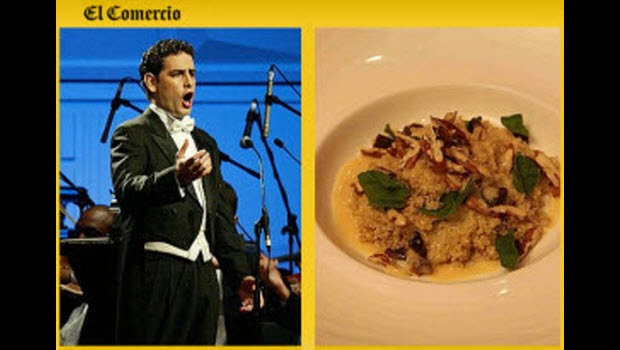 El Comercio: Quinoa, the secret of Juan Diego Flórez’s energetic opera performances
El Comercio: Quinoa, the secret of Juan Diego Flórez’s energetic opera performances 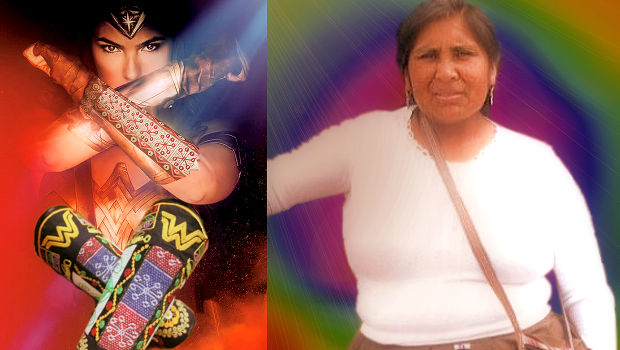 Wonder Woman’s magic bracelets re-imagined by real life heroine from Cusco
Wonder Woman’s magic bracelets re-imagined by real life heroine from Cusco 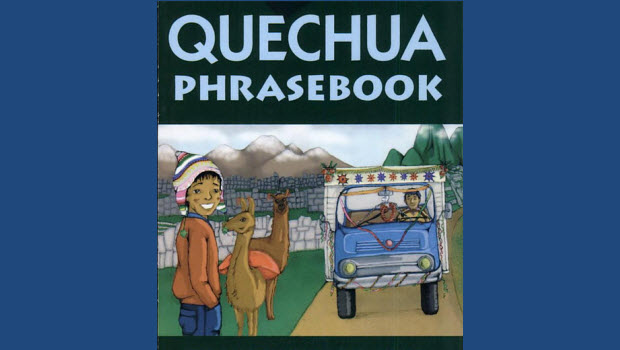 Quechua by the numbers (some travel advice, a book recommendation and a helpful chart)
Quechua by the numbers (some travel advice, a book recommendation and a helpful chart)  Peruvian Guinea Pig Recipe Is Actually Delicious!
Peruvian Guinea Pig Recipe Is Actually Delicious!